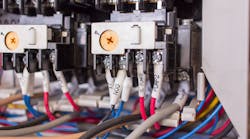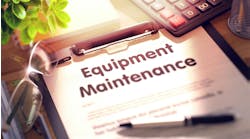Your plant consists of several buildings, with maintenance people assigned to each one. Sometimes when there’s a problem, a supervisor will temporarily reassign people from one building to another. This is one of those times.
You normally work in Building A, but the problem is in Building C. A process machine in that building makes widgets for an important customer. Recently, the widget defect rate has increased significantly. About halfway through the process, they frequently either warp from excess heat or fail to become heated enough for the next step.
The machine is under PLC control. Wyatt, the plant’s resident PLC expert, has been going through the PLC programming for two days now and not made any headway. The production superintendent of Building C has little confidence in Wyatt solving the issue. Your name came up during some discussion about this problem. Where do you start?
Why is Wyatt wasting time by fooling with the PLC programming?
In any PLC-controlled system, the most common points of failure are the final control elements, such as motors, valves, and heaters. For example, are the parts getting the correct ingredients (valves opening properly)? The second most common points of failure are the sensing elements and the signal wiring from them to the PLC input modules. This type of problem hints at an input problem.
Perform a visual inspection and look for things such as damaged signal cables, signal cables parallel to power cables, and sensors no longer firmly mounted or attached. If you don’t find the problem here, calibrate one control loop at a time, starting with the one related to the area of trouble.




